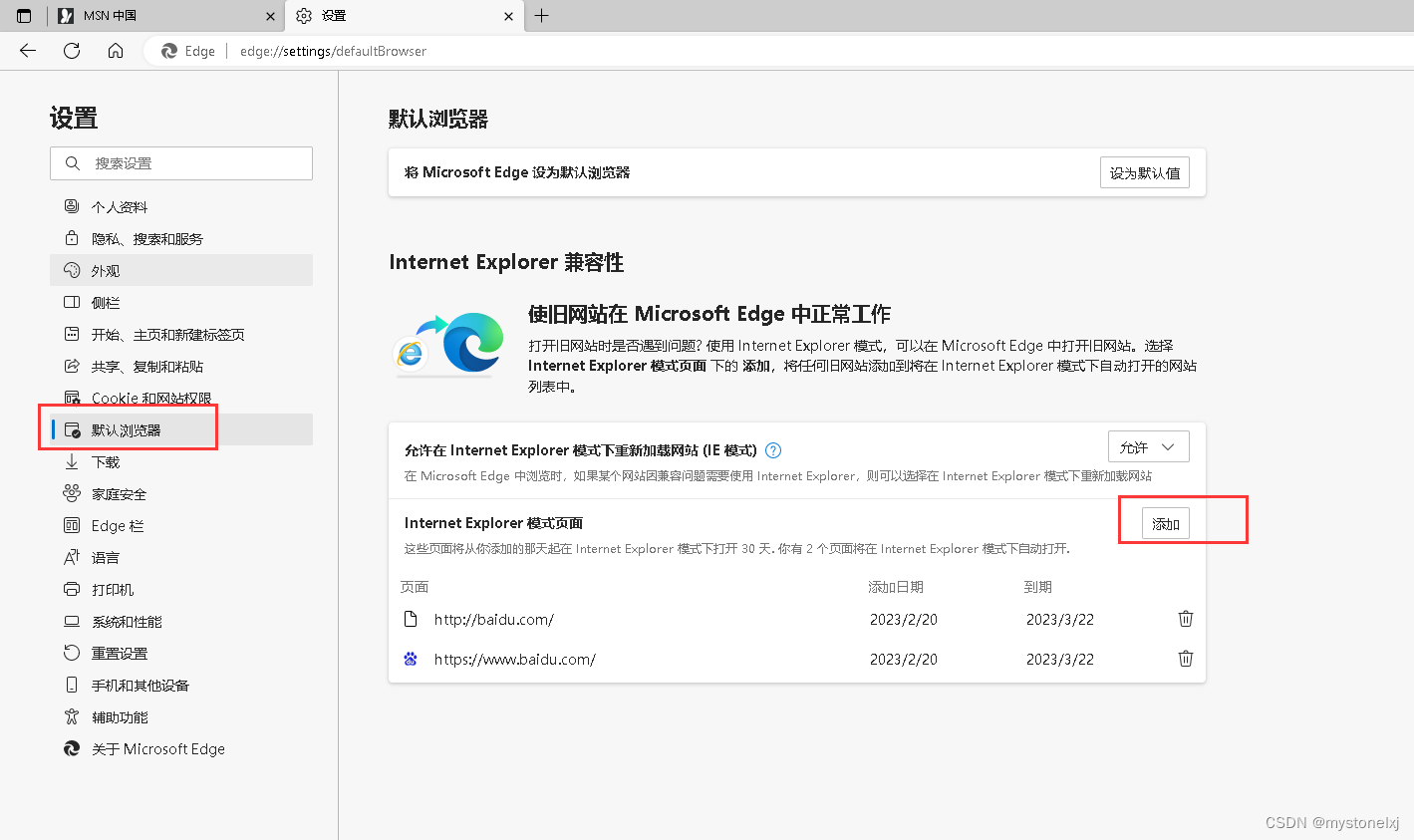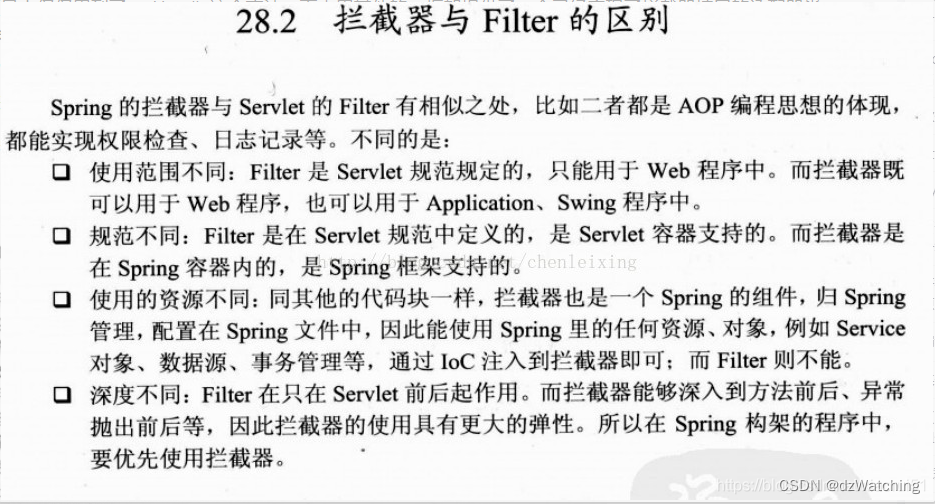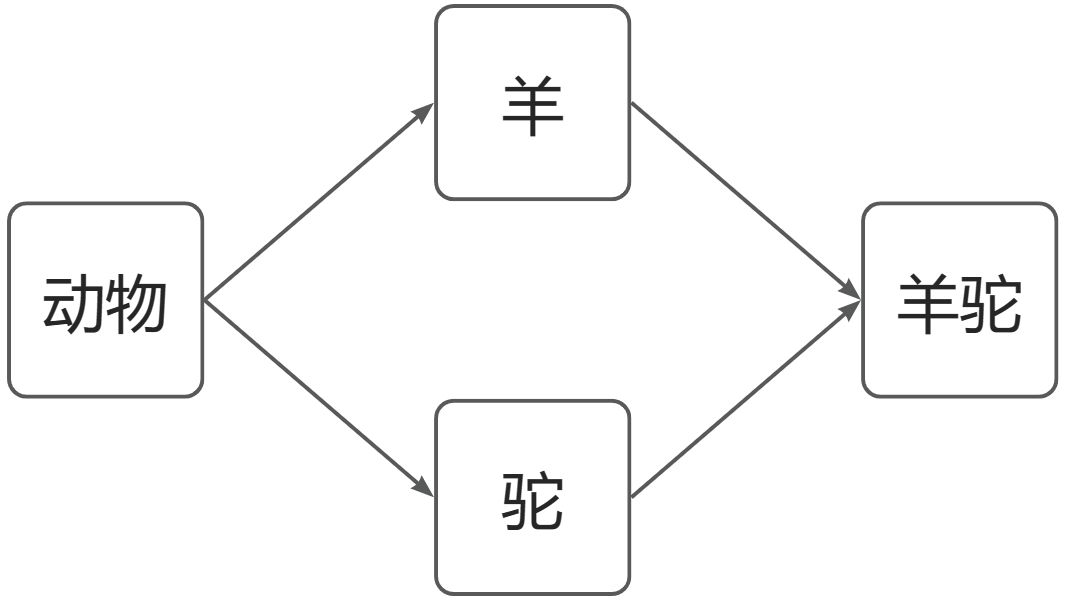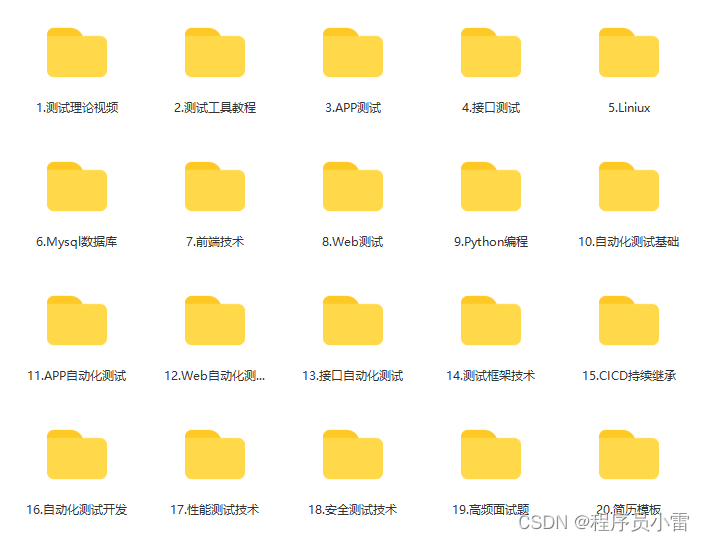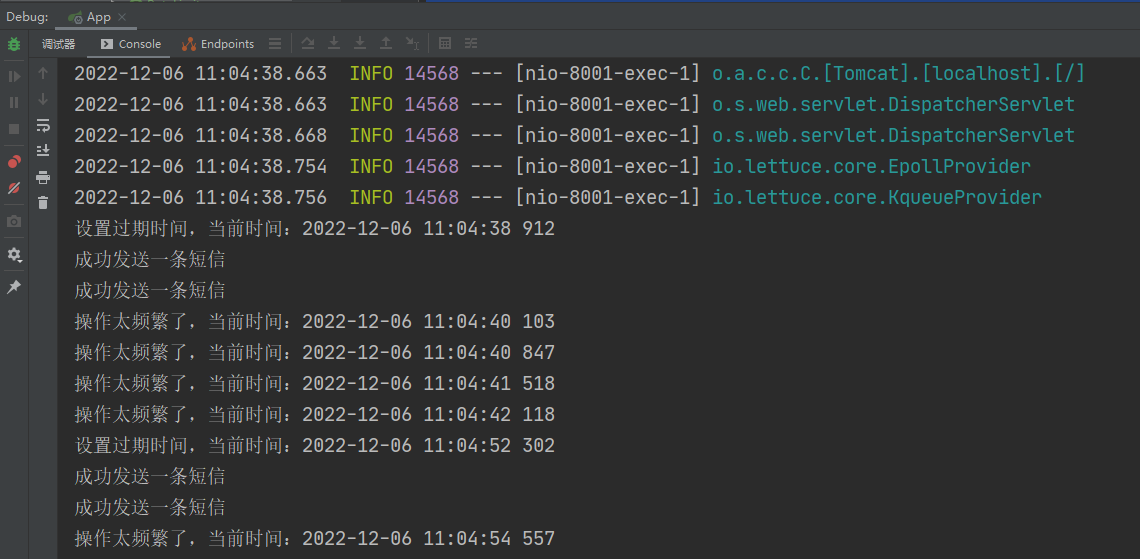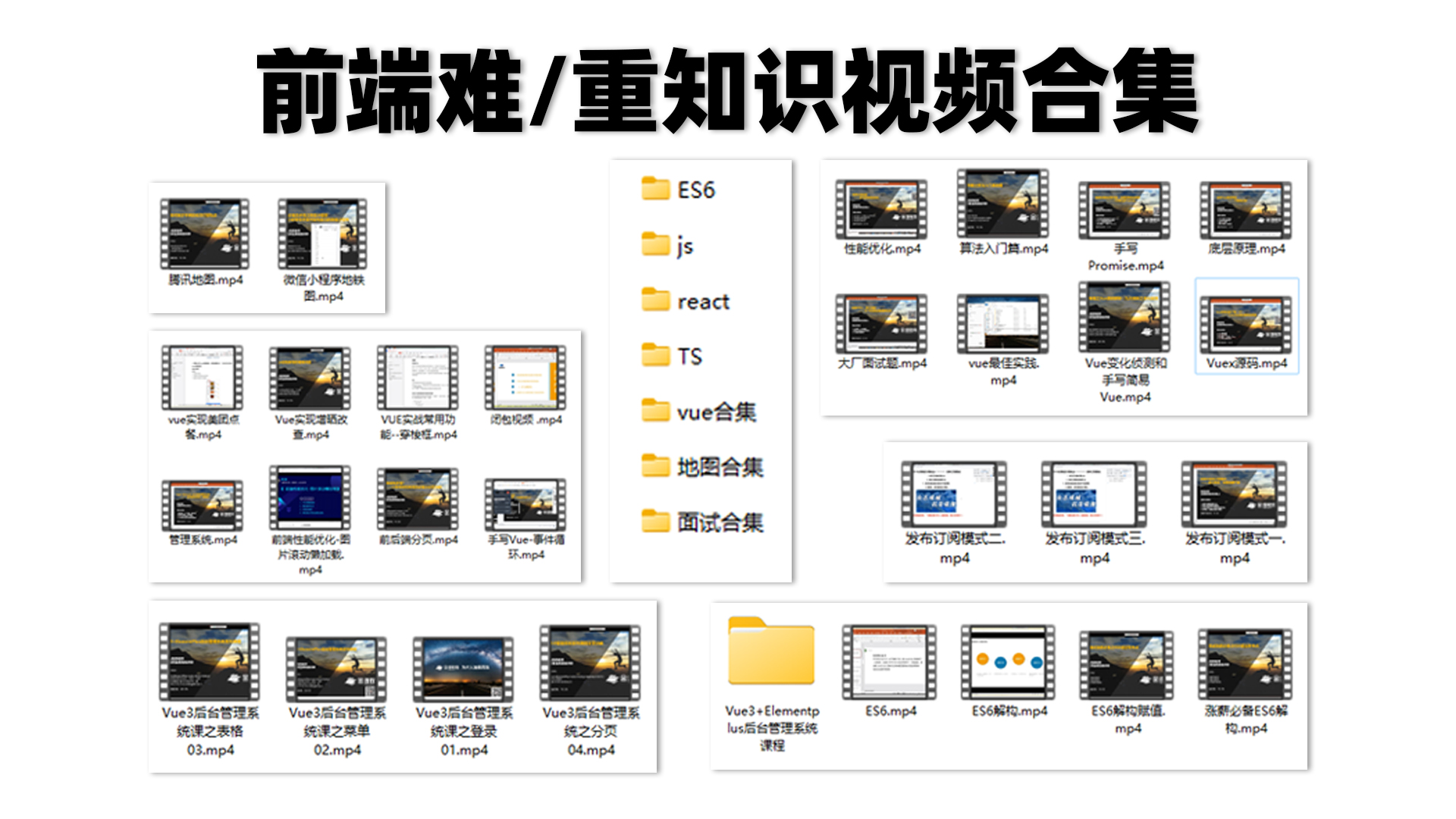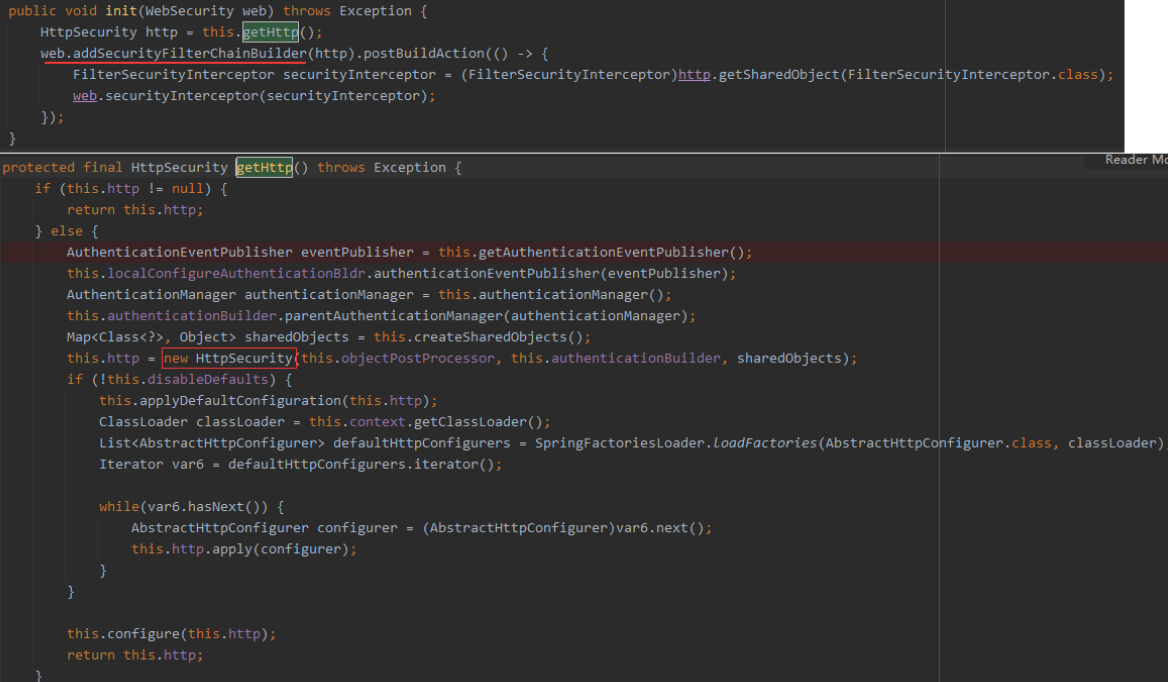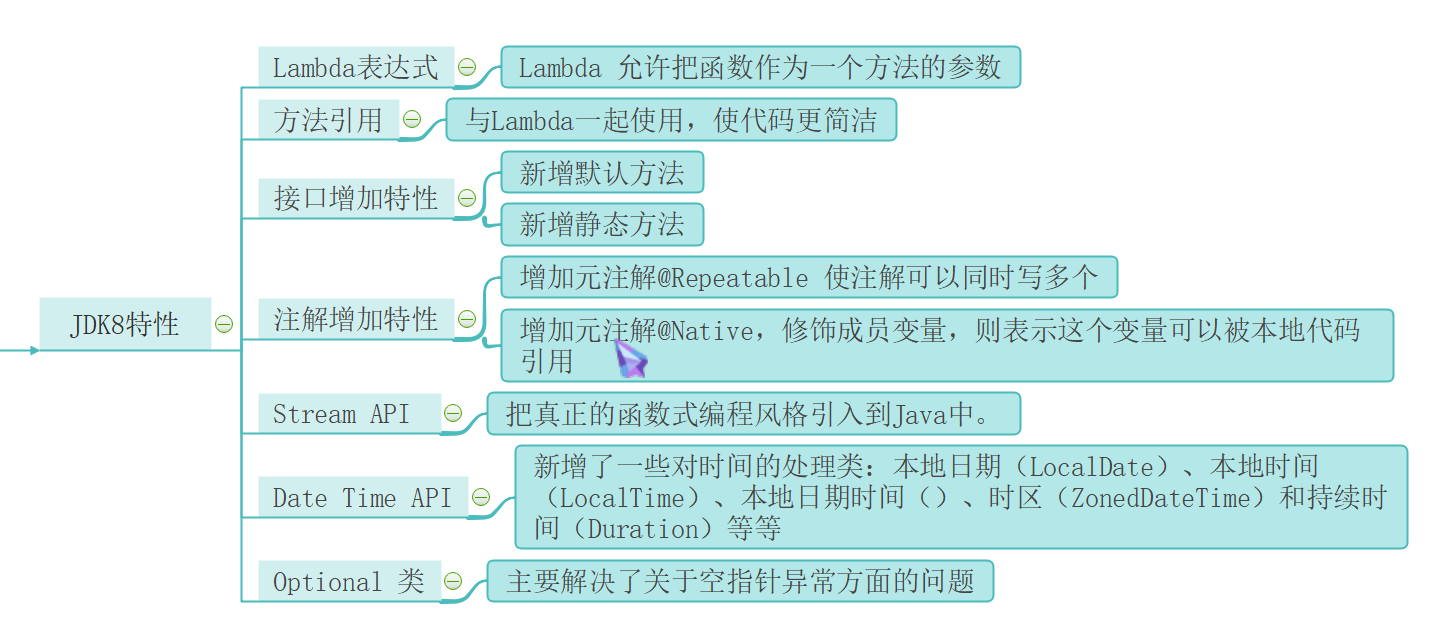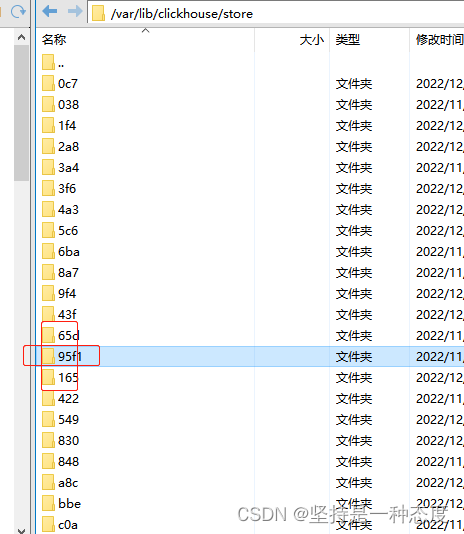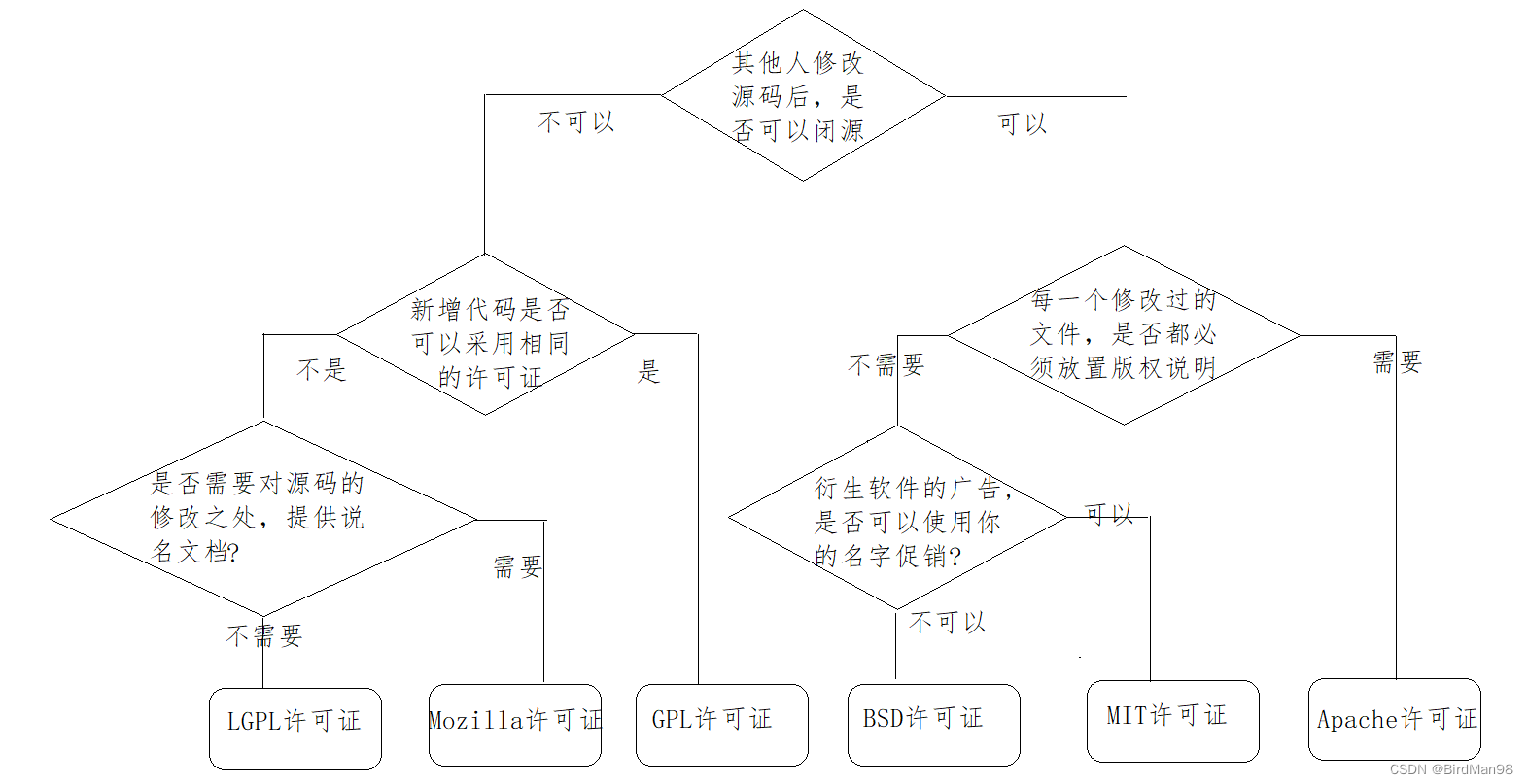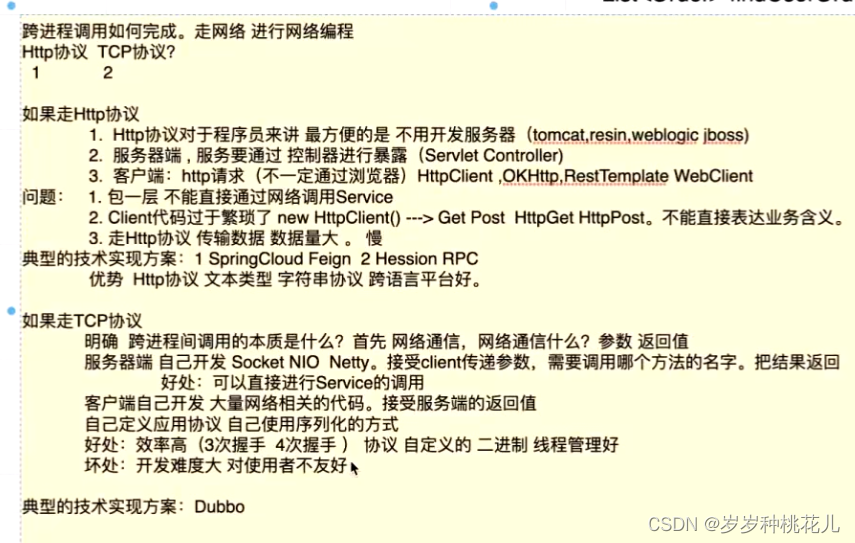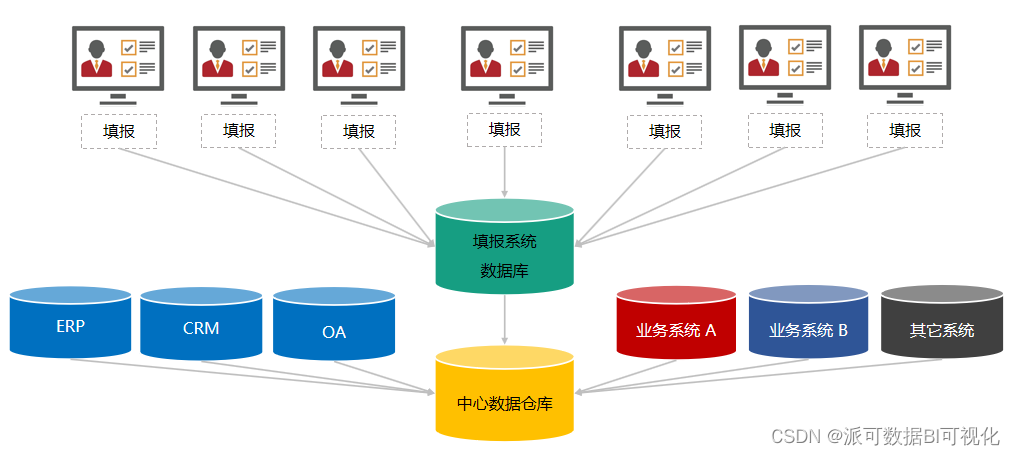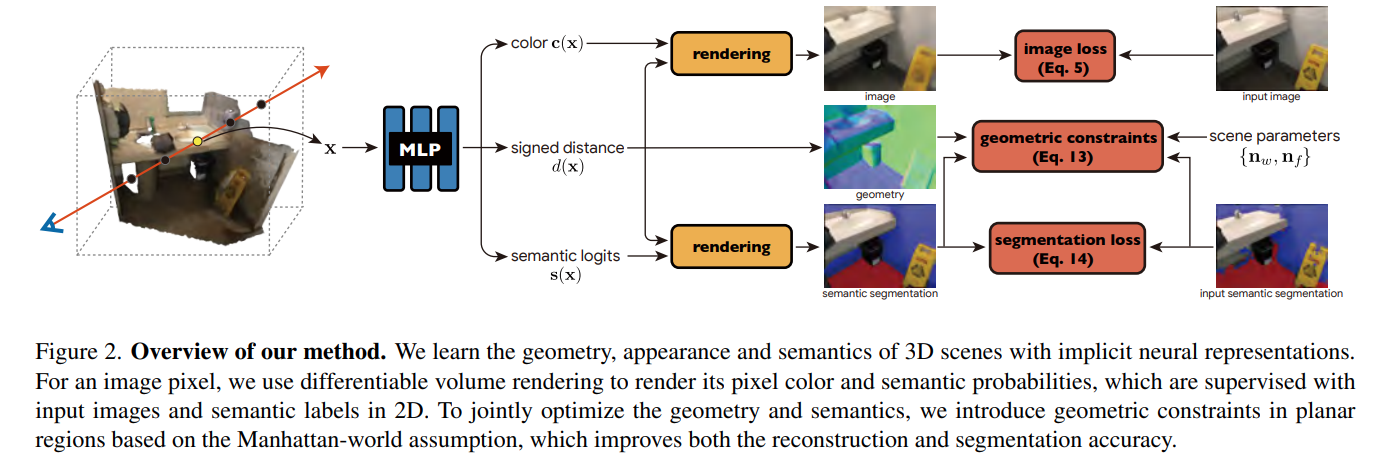目录
一.数据结构--栈
1.栈的基本介绍
2.栈的实现
二.数据结构--队列
1.队列的基本介绍
2.队列的实现
三.栈的运用(Leetcode20. 有效的括号+225)
1.问题描述
2.问题分析
题解代码:
四.用两个队列实现栈(225. 用队列实现栈 - 力扣(Leetcode))
题解代码:
五.用两个栈实现队列(232. 用栈实现队列 - 力扣(Leetcode))
题解代码:
一.数据结构--栈
1.栈的基本介绍
栈是一种数据先进后出,后进先出的数据结构:
- 栈一般用数组来实现(用单链表实现的栈缺陷明显:数据的出栈操作时间复杂度为O(N),原因在于要找到表尾数据的前一个数据的地址)
2.栈的实现
总体图解:
栈的头文件:
#pragma once #include <stdio.h> #include <assert.h> #include <stdbool.h> #include <stdlib.h> typedef int STDataType; typedef struct Stack { STDataType * arry; //栈的堆区空间指针 int top; //维护栈顶下标,同时记录栈中的元素个数 int capacity; //记录栈的容量 }ST; void StackInit(ST* Stack); //栈对象的初始化 STDataType StackTop(ST*Stack); //返回栈顶元素 void StackPush(ST* Stack,STDataType val); //元素入栈 void StackPop(ST* Stack); //元素出栈 int StackSize(ST* Stack); //返回栈对的元素个数的接口; bool StackEmpty(ST* Stack); //判断栈是否为空的接口 void StackDestroy(ST* Stack); //销毁栈
栈初始化接口:
void StackInit(ST* Stack) { assert(Stack); Stack->arry = NULL; Stack->capacity = 0; Stack->top = 0; }
返回栈顶元素的接口:
STDataType StackTop(ST* Stack) { assert(Stack); assert(Stack->top > 0); return Stack->arry[Stack->top - 1]; }返回栈数据个数的接口:
int StackSize(ST* Stack) { assert(Stack); return Stack->top; }判断栈是否为空的接口:
bool StackEmpty(ST* Stack) { assert(Stack); return (Stack->top == 0); }
数据入栈操作接口:
void StackPush(ST* Stack, STDataType val) { assert(Stack); if (Stack->capacity == Stack->top) //检查容量是否足够 { int newcapacity = (0 == Stack->capacity) ? 4 : 2 * Stack->capacity; //如果容量为零,则将容量设置为4,其他情况下按照两倍扩容方式增容 STDataType* tem = (STDataType*)realloc(Stack->arry, newcapacity*sizeof(STDataType)); if (NULL == tem)//判断realloc是否成功 { perror("realloc failed:"); exit(-1); } Stack->capacity = newcapacity; Stack->arry = tem; } //元素入栈 Stack->arry[Stack->top] = val; Stack->top++; }数据出栈操作接口:
void StackPop(ST* Stack) { assert(Stack); assert(Stack->top > 0); Stack->top--; }销毁栈的接口:
void StackDestroy(ST* Stack) { assert(Stack); if (Stack->arry) { free(Stack->arry); } Stack->arry = NULL; Stack->capacity = 0; Stack->top = 0; }
二.数据结构--队列
1.队列的基本介绍
队列是一种数据先进先出,后进后出的数据结构.
- 数据只能从队尾入,从队头出
- 队列一般用单链表实现,原因在于队列涉及数据的头删操作,单链表的数据头删操作时间复杂度为O(1).
2.队列的实现
队列总体图解:
队列的头文件:
#pragma once #include <stdio.h> #include <stdlib.h> #include <stdbool.h> #include <assert.h> typedef int QDataType; typedef struct QueueNode //单链表结构体 { struct QueueNode* next; QDataType data; }QNode; typedef struct Queue //维护队列的结构体 { QNode* head; QNode* tail; }Queue; void QueueInit(Queue* queue); //队列的初始化接口 void QueueDestroy(Queue* queue); //销毁队列的接口 void QueuePush(Queue* queue,QDataType val); //数据入队接口 void QueuePop(Queue* queue); //数据出队接口 QDataType QueueFront(Queue* queue); //返回队头数据接口 QDataType QueueBawck(Queue* queue); //返回队尾数据接口 int QueueSize(Queue* queue); //返回队列数据个数的接口 bool QueueEmpty(Queue* queue); //判断队列是否为空的接口
队列的初始化接口:
void QueueInit(Queue* queue) //队列初始化 { assert(queue); queue->head = NULL; queue->tail = NULL; }
返回队头数据的接口:
QDataType QueueFront(Queue* queue) //返回队列头部数据 { assert(queue); assert(queue->head); return queue->head->data; }返回队尾数据的接口:
QDataType QueueBawck(Queue* queue) //返回队列尾部数据 { assert(queue); assert(queue->tail); return queue->tail->data; }返回队列数据个数的接口:
int QueueSize(Queue* queue) //返回队列节点个数 { assert(queue); int count = 0; QNode* tem = queue->head; while(tem) { count++; tem = tem->next; } return count; }判断队列是否为空的接口:
bool QueueEmpty(Queue* queue) //判断队列是否为空 { assert(queue); return (NULL == queue->head); }
数据入队接口:

void QueuePush(Queue* queue,QDataType val) //链表尾插数据(数据从队列尾入队) { assert(queue); QNode* NewNode = (QNode*)malloc(sizeof(QNode));//申请堆区链表节点 if (NULL == NewNode) { perror("malloc failed:"); exit(-1); } NewNode->data = val; NewNode->next = NULL; if (NULL == queue->tail) //链表为空时的数据插入操作 { assert(NULL == queue->head); queue->tail = NewNode; queue->head = NewNode; } else //链表非空时的数据插入操作 { queue->tail->next = NewNode; queue->tail = NewNode; } }数据出队的接口:
void QueuePop(Queue* queue) //删去链表头节点(数据从队列头部出队) { assert(queue); assert(queue->head && queue->tail); QNode* Next = queue->head->next; free(queue->head); queue->head = Next; if (NULL == queue->head) //若删去的是链表的最后一个元素,则要将尾指针也置空 { queue->tail = NULL; } }
销毁队列的接口:
void QueueDestroy(Queue* queue) //销毁链表(队列) { assert(queue); QNode* tem = queue->head; while (tem) { QNode* Next = tem->next; free(tem); tem = Next; } queue->head = NULL; queue->head = NULL; }
三.栈的运用(Leetcode20. 有效的括号+225)
20. 有效的括号 - 力扣(Leetcode)
1.问题描述
给定一个只包括
'(' ,')' ,'{' ,'}' ,'[' ,']'的字符串s,判断字符串是否有效。有效字符串需满足:
- 左括号必须用相同类型的右括号闭合。
- 左括号必须以正确的顺序闭合。
- 每个右括号都有一个对应的相同类型的左括号。
示例:
输入:s = "()[]{}" 输出:true
C题解接口:
bool isValid(char * s) { }
2.问题分析
从左向右遍历字符串的情况下的括号匹配思路:
- 由于在遍历字符串时,我们无法确定当前的左括号会和哪一个右括号匹配,因此匹配的思路应该是先找到第一个右括号,然后再向前寻找相应的左括号,若匹配失败则返回false,若匹配成功则继续寻找下一个右括号重复上述过程,直到结束
- 暴力匹配算法动画解析:
- 根据上面的分析可知暴力匹配法的时间复杂度为O(N^2)
然而本题如果使用辅助栈来求解,则可以达到用空间来换取时间效率的目的。
基本思路如下:
- 用一个指针遍历字符串,每当遇到左括号,我们就将其压入栈中
- 每当遇到右括号,我们就将其与栈顶括号进行匹配,若匹配失败则说明字符串不满足条件,接口返回false,若匹配成功则弹出栈顶元素,并继续遍历字符串重复上述步骤直到找到'\0'则接口返回true
- 算法动画图解:

我们可以将实现好的栈(本期第一节中)用于解题(顺便还可以验证我们栈的实现有没有bug)
题解代码:
用于题解的栈:
typedef char STDataType; typedef struct Stack { STDataType * arry; //栈的堆区空间指针 int top; //维护栈顶下标,同时记录栈中的元素个数 int capacity; //记录栈的容量 }ST; void StackInit(ST* Stack) { assert(Stack); Stack->arry = NULL; Stack->capacity = 0; Stack->top = 0; } STDataType StackTop(ST* Stack) { assert(Stack); assert(Stack->top > 0); return Stack->arry[Stack->top - 1]; } void StackPush(ST* Stack, STDataType val) { assert(Stack); if (Stack->capacity == Stack->top) //检查容量是否足够 { int newcapacity = (0 == Stack->capacity) ? 4 : 2 * Stack->capacity; STDataType* tem = (STDataType*)realloc(Stack->arry, newcapacity*sizeof(STDataType)); if (NULL == tem) { perror("realloc failed:"); exit(-1); } Stack->capacity = newcapacity; Stack->arry = tem; } Stack->arry[Stack->top] = val; Stack->top++; } void StackPop(ST* Stack) { assert(Stack); assert(Stack->top > 0); Stack->top--; } int StackSize(ST* Stack) { assert(Stack); return Stack->top; } bool StackEmpty(ST* Stack) { assert(Stack); return (Stack->top == 0); } void StackDestroy(ST* Stack) { assert(Stack); if (Stack->arry) { free(Stack->arry); } Stack->arry = NULL; Stack->capacity = 0; Stack->top = 0; }两个辅助判断接口代码:
//判断指针指向的括号是否为右括号的接口 bool CheckRightQutoe(const char quote) //左括号返回true,有括号返回false { if('{' == quote || '(' == quote || '[' == quote) { return true; } else { return false; } }//判断两个括号是否匹配的接口 bool JudgeMatch(const char right,const char left) { if(('}' == right && '{' == left) || (']' == right && '[' == left) || (')' == right && '(' == left) ) { return true; } return false; }题解接口代码:
bool isValid(char * s) { ST ans; StackInit(&ans); //创建一个栈 int lenth = strlen(s); //字符串有效字符个数为奇数直接返回false if(lenth % 2 == 1) { return false; } char * tem = s; //tem用于遍历字符串 while('\0' != *tem) { if(CheckRightQutoe(*tem)) //遇到右括号则入栈 { StackPush(&ans,*tem); } else //遇到左括号则与栈顶右括号匹配 { if(StackEmpty(&ans) || !JudgeMatch(*tem,StackTop(&ans))) { return false; //匹配前注意判断栈是否为空 } StackPop(&ans); //匹配完后弹出栈顶括号 } tem ++; } if(!StackEmpty(&ans)) //栈为空说明全部括号都完成了匹配 { return false; } return true; }
- 该方法充分利用了栈数据后进先出的特点
- 算法的时间复杂度为O(N)
四.用两个队列实现栈(225. 用队列实现栈 - 力扣(Leetcode))
本题并没有什么实际意义,求解它的目的仅仅在于加深对栈和队列这两种数据结构的理解
- 用两个队列实现数据的先进后出
题解接口:
typedef struct { } MyStack; //创建MyStack结构体 MyStack* myStackCreate() { } //向MyStack两个队列成员中的非空队列中插入数据 //(若两个队列都为空则向任意一个队列插入数据都可以) void myStackPush(MyStack* obj, int x) { } //删除栈顶元素(同时返回栈顶元素的值) int myStackPop(MyStack* obj) { } //栈顶的数据其实就是非空队列尾的数据 int myStackTop(MyStack* obj) { } //返回栈顶的数据 bool myStackEmpty(MyStack* obj) { } //销毁栈 void myStackFree(MyStack* obj) { }
我们可以给自己设置一个规定:用队列实现的'栈'的接口中,我们只能使用队列的标准操作接口来操作'栈'中的元素的进出.
- 本题我们利用本期第二节实现好的队列来实现栈
用两个队列实现栈的数据结构总体图解:
两个队列实现一个栈的结构体的定义:
typedef struct { Queue queue1; Queue queue2; } MyStack;
数据入'栈'接口:
void myStackPush(MyStack* obj, int x)
- 向MyStack两个队列成员中的非空队列中插入数据
- (若两个队列都为空则向任意一个队列插入数据都可以)

//向MyStack两个队列成员中的非空队列中插入数据 //(若两个队列都为空则向任意一个队列插入数据都可以) void myStackPush(MyStack* obj, int x) { if(!QueueEmpty(&(obj->queue1))) { QueuePush(&(obj->queue1),x); } else { QueuePush(&(obj->queue2),x); } }
数据出栈接口:
int myStackPop(MyStack* obj)
数据出栈过程动画图解:
//删除栈顶元素(同时返回栈顶元素的值) int myStackPop(MyStack* obj) { int ret = 0; //将非空队列里面的(除了队尾的元素)移到另外一个空队列中 if(!QueueEmpty(&(obj->queue1)) && QueueEmpty(&(obj->queue2))) { while(obj->queue1.head != obj->queue1.tail) //转移数据 { QueuePush(&(obj->queue2),(obj->queue1).head->data); QueuePop(&(obj->queue1)); } ret = QueueFront(&(obj->queue1)); //记录要弹出的数据 QueuePop(&(obj->queue1)); //弹出数据 } else { while(obj->queue2.head != obj->queue2.tail) //转移数据 { QueuePush(&(obj->queue1),(obj->queue2).head->data); QueuePop(&(obj->queue2)); } ret = QueueFront(&(obj->queue2)); //记录要弹出的数据 QueuePop(&(obj->queue2)); //弹出数据 } return ret; //返回被弹出的数据 }
- 通过两个队列的交互我们便完成了数据的先进后出
题解代码:
用于题解的队列:
typedef int QDataType; typedef struct QueueNode //队列链表节点结构体 { struct QueueNode* next; QDataType data; }QNode; typedef struct Queue //维护队列的结构体 { QNode* head; QNode* tail; }Queue; void QueueInit(Queue* queue); //队列初始化 void QueueDestroy(Queue* queue); //销毁链表(队列) void QueuePush(Queue* queue,QDataType val); //链表尾插数据(数据从队列尾入队) void QueuePop(Queue* queue); //删去链表头节点(数据从队列头部出队) QDataType QueueFront(Queue* queue); //返回队列头部数据 QDataType QueueBawck(Queue* queue); //返回队列尾部数据 int QueueSize(Queue* queue); //返回队列节点个数 bool QueueEmpty(Queue* queue); //判断队列是否为空 void QueueInit(Queue* queue) //队列初始化 { assert(queue); queue->head = NULL; queue->tail = NULL; } void QueueDestroy(Queue* queue) //销毁链表(队列) { assert(queue); QNode* tem = queue->head; while (tem) //逐个节点释放链表 { QNode* Next = tem->next; free(tem); tem = Next; } queue->head = NULL; queue->head = NULL; } void QueuePush(Queue* queue,QDataType val) //链表尾插数据(数据从队列尾入队) { assert(queue); QNode* NewNode = (QNode*)malloc(sizeof(QNode)); if (NULL == NewNode) //在堆区申请节点空间 { perror("malloc failed:"); exit(-1); } NewNode->data = val; NewNode->next = NULL; if (NULL == queue->tail) //注意判断队列是否为空队列并分类讨论完成元素插入 { assert(NULL == queue->head); queue->tail = NewNode; //队列为空时tail和head指向同一个节点 queue->head = NewNode; } else { queue->tail->next = NewNode; //队列非空时令tail指向队尾数据 queue->tail = NewNode; } } void QueuePop(Queue* queue) //删去链表头节点(数据从队列头部出队) { assert(queue); assert(queue->head && queue->tail); QNode* Next = queue->head->next; free(queue->head); queue->head = Next; if (NULL == queue->head) //注意判断完成删除元素后队列是否变为空队列 { queue->tail = NULL; } } QDataType QueueFront(Queue* queue) //返回队列头部数据 { assert(queue); assert(queue->head); return queue->head->data; } QDataType QueueBawck(Queue* queue) //返回队列尾部数据 { assert(queue); assert(queue->tail); return queue->tail->data; } int QueueSize(Queue* queue) //返回队列节点个数 { assert(queue); int count = 0; QNode* tem = queue->head; while(tem) //计算节点个数 { count++; tem = tem->next; } return count; } bool QueueEmpty(Queue* queue) //判断队列是否为空 { assert(queue); return (NULL == queue->head); }题解的栈:
typedef struct { Queue queue1; Queue queue2; } MyStack; //创建MyStack结构体 MyStack* myStackCreate() { MyStack * tem = (MyStack *)malloc(sizeof(MyStack)); if(NULL == tem) { perror("malloc failed:"); exit(-1); } QueueInit(&(tem->queue1)); QueueInit(&(tem->queue2)); return tem; } //向MyStack两个队列成员中的非空队列中插入数据 //(若两个队列都为空则向任意一个队列插入数据都可以) void myStackPush(MyStack* obj, int x) { if(!QueueEmpty(&(obj->queue1))) { QueuePush(&(obj->queue1),x); } else { QueuePush(&(obj->queue2),x); } } //删除栈顶元素(同时返回栈顶元素的值) int myStackPop(MyStack* obj) { int ret = 0; //将非空队列里面的(除了队尾的元素)移到另外一个空队列中 if(!QueueEmpty(&(obj->queue1)) && QueueEmpty(&(obj->queue2))) { while(obj->queue1.head != obj->queue1.tail) //转移数据 { QueuePush(&(obj->queue2),(obj->queue1).head->data); QueuePop(&(obj->queue1)); } ret = QueueFront(&(obj->queue1)); //记录要弹出的数据 QueuePop(&(obj->queue1)); //弹出数据 } else { while(obj->queue2.head != obj->queue2.tail) //转移数据 { QueuePush(&(obj->queue1),(obj->queue2).head->data); QueuePop(&(obj->queue2)); } ret = QueueFront(&(obj->queue2)); //记录要弹出的数据 QueuePop(&(obj->queue2)); //弹出数据 } return ret; //返回被弹出的数据 } //栈顶的数据其实就是非空队列尾的数据 int myStackTop(MyStack* obj) { if(!QueueEmpty(&(obj->queue1))) { return obj->queue1.tail->data; } else { return obj->queue2.tail->data; } } //返回栈顶的数据 bool myStackEmpty(MyStack* obj) { return QueueEmpty(&(obj->queue1)) && QueueEmpty(&(obj->queue2)); } //销毁栈 void myStackFree(MyStack* obj) { QueueDestroy(&(obj->queue1)); QueueDestroy(&(obj->queue2)); free(obj); obj = NULL; }
五.用两个栈实现队列(232. 用栈实现队列 - 力扣(Leetcode))
思路图解:
题解代码:
typedef struct { ST PushStack; ST PopStack; } MyQueue; MyQueue* myQueueCreate() //队列初始化接口 { MyQueue* tem = (MyQueue *)malloc(sizeof(MyQueue)); if(NULL == tem) { perror("malloc failed:"); exit(-1); } StackInit(&(tem->PushStack)); StackInit(&(tem->PopStack)); return tem; } void myQueuePush(MyQueue* obj, int x) { StackPush(&(obj->PushStack),x); //数据入队 } int myQueuePop(MyQueue* obj) { assert(!StackEmpty(&(obj->PushStack)) || !StackEmpty(&(obj->PopStack))); //数据出队前保证队列不为空 if(StackEmpty(&(obj->PopStack))) //PopStack为空则要将PushStack数据转移进来 { while(!StackEmpty(&(obj->PushStack))) { StackPush(&(obj->PopStack),StackTop(&(obj->PushStack))); //将PushStack栈顶数据压入PopStack栈中 StackPop(&(obj->PushStack)); //完成数据转移后弹出PushStack的栈顶数据 } } int ret = StackTop(&(obj->PopStack)); //记录队头元素 StackPop(&(obj->PopStack)); //元素出队 return ret; //返回队头元素 } int myQueuePeek(MyQueue* obj) { assert(!StackEmpty(&(obj->PushStack)) || !StackEmpty(&(obj->PopStack))); //保证队列不为空 if(StackEmpty(&(obj->PopStack))) //PopStack为空则要将PushStack数据转移进来 { while(!StackEmpty(&(obj->PushStack))) { StackPush(&(obj->PopStack),StackTop(&(obj->PushStack))); //将PushStack栈顶数据压入PopStack栈中 StackPop(&(obj->PushStack)); //完成数据转移后弹出PushStack的栈顶数据 } } return StackTop(&(obj->PopStack)); //返回PopStack栈顶元素作为队列队头元素 } bool myQueueEmpty(MyQueue* obj) { return StackEmpty(&(obj->PopStack)) && StackEmpty(&(obj->PushStack)); //判断队列是否为空 } void myQueueFree(MyQueue* obj) { StackDestroy(&(obj->PopStack)); StackDestroy(&(obj->PushStack)); free(obj); obj = NULL; }
- 题解中我们运用的是本期第一节中实现好的栈

















